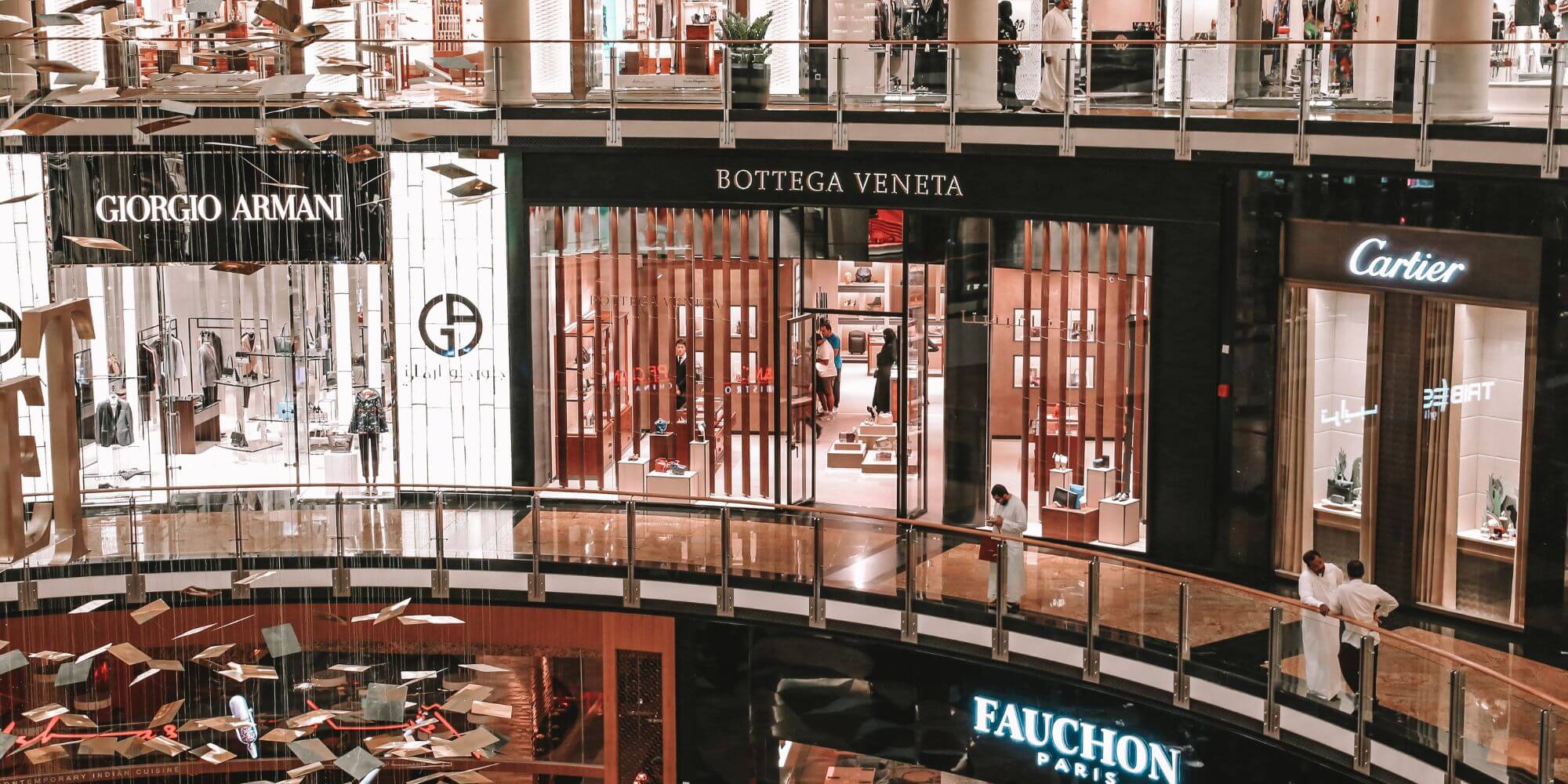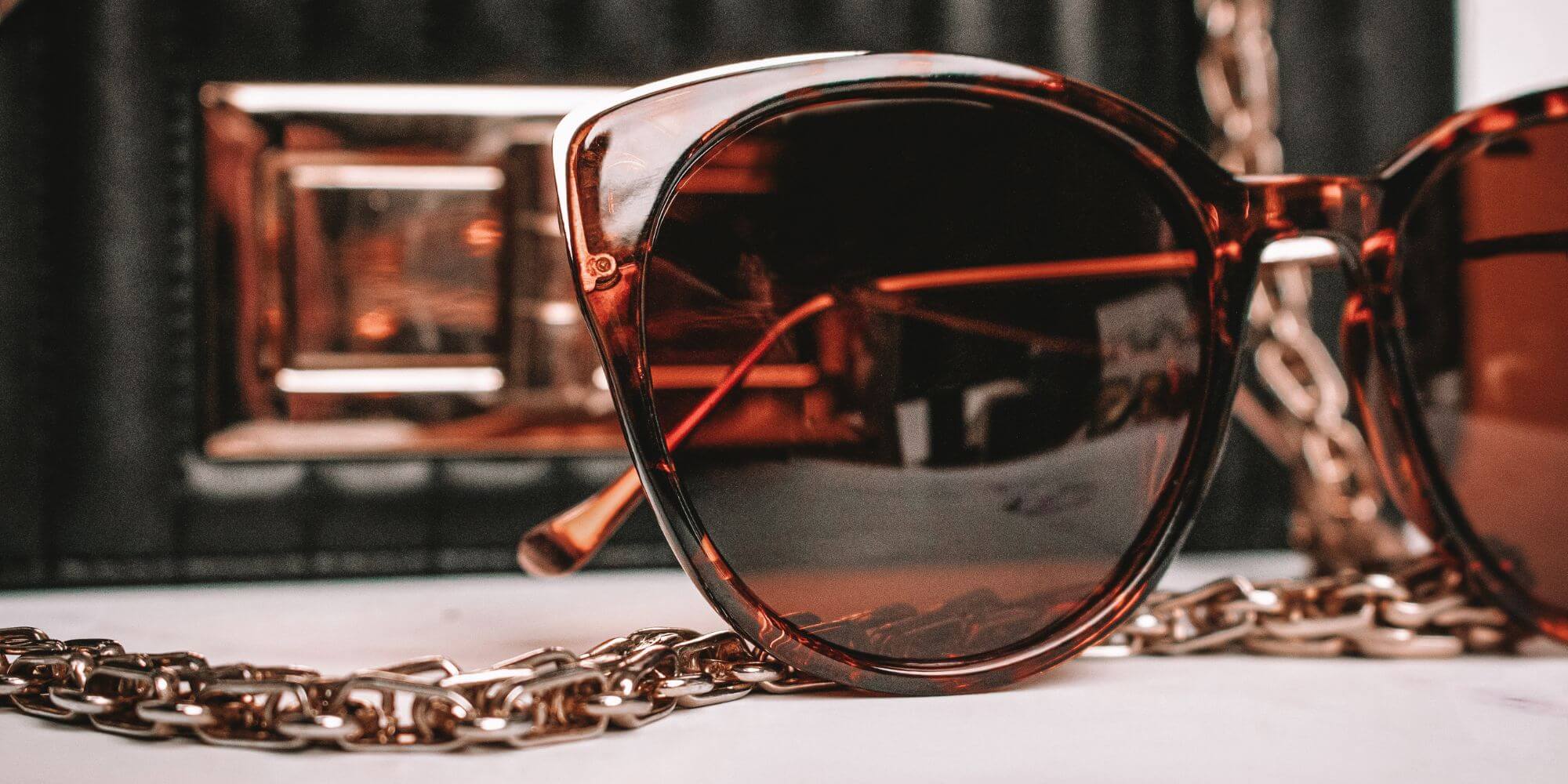The rise of “superfake” products: a new challenge for luxury brands
These last few months, a new and concerning trend has emerged within the luxury industry: superfakes. Superfake products are counterfeit items so meticulously crafted that even the original brands struggle to distinguish them from authentic goods. This phenomenon presents a significant challenge for luxury brands, particularly those known for high-end watches and handbags such as Rolex, Dior, Yves Saint Laurent, Hermes, and Louis Vuitton.
What are superfakes?
Superfakes are counterfeit items produced with such precision and attention to detail that they are virtually indistinguishable from the genuine article. These products are often manufactured in China, in factories that employ former workers from prestigious brands. These employees bring with them not only their expertise but also access to raw material suppliers, enabling the creation of replicas that are nearly identical to the originals yet sold at a fraction of the cost.
The implications for luxury brands
The advent of superfakes raises numerous questions about the future of luxury branding. It challenges the value proposition of luxury brands, questioning the balance between brand value and product value in the buying process. Furthermore, it puts pressure on brands to justify their high prices if their unique craftsmanship and quality can be replicated by others. This situation also threatens the integrity of second-hand luxury markets, where even experts may struggle to authenticate items.
What about brand prestige?
Key questions raised by the superfake trend
1. The value of the brand
What is the future of iconic brands like Chanel and Rolex if counterfeits can match the quality of their products? The essence of luxury branding lies in the unique value and history associated with each brand. Superfakes undermine this by offering similar products without the brand’s heritage.
2. Brand value vs. product value
In the buying process, how do luxury brands balance the value derived from their brand identity versus the actual product? Luxury items are often valued not just for their physical attributes but for the brand’s reputation, heritage, and the status they confer upon their owners.
3. Justifying high-End prices
How can luxury brands continue to justify their high prices if their craftsmanship can be perfectly replicated?
Brands must find ways to emphasize aspects of their value proposition that cannot be counterfeited, such as exceptional customer service, exclusive experiences, and maintaining an aura of prestige.
4. The strength of branding
Have luxury brands built a strong enough identity to maintain their prestige based on their history and narrative, rather than just their products? The power of a brand’s story and its cultural significance can help insulate it from the impact of superfakes.
5. The future of second-hand markets
What does the rise of superfakes mean for online second-hand platforms and their authentication processes? If even brands struggle to identify counterfeits, the second-hand market may face significant challenges in maintaining trust and credibility.
And now?
My perspective
The enduring prestige of historical brands
Despite the threat of superfakes, historical luxury brands will retain their prestige due to the “legend” they have built around their history. Consumers seeking genuine luxury are unlikely to be swayed by counterfeit products made in substandard conditions.
The unique appeal of authentic luxury
True luxury buyers and enthusiasts purchase not only the item but also a piece of the brand’s prestige and the feeling of belonging to an exclusive club or family. This emotional and psychological connection is something superfakes cannot replicate.
The superfake buyer demographic
Most buyers of superfakes are not true luxury consumers. They purchase counterfeits because they cannot afford the originals or are more interested in the social status the items convey than in the craftsmanship and heritage of the brand.
Strengthening authentication methods
The luxury industry must adopt advanced authentication technologies, such as blockchain, to protect its legacy. Ensuring the authenticity of products is crucial to maintaining trust and credibility in the market. Additionally, the high quality of superfakes poses a significant risk to the second-hand market, which could be flooded with counterfeit items if robust authentication measures are not implemented.
new era
New challenges
The rise of superfakes presents a complex challenge for the luxury industry. While these counterfeit products threaten to undermine the value of genuine luxury items, historical brands can rely on their rich heritage and strong branding to maintain their prestige. By embracing cutting-edge authentication technologies and emphasizing the unique experiences and emotional connections associated with their brands, luxury companies can continue to thrive in an increasingly competitive market.
I warmly invite you to join the conversation about this article by sending a DM on my Instagram account: your insights and perspectives are invaluable as we navigate this evolving landscape together.
À très vite,
Amandine



